The bar industry in Malaysia has been growing rapidly over the last decade, with a burgeoning cocktail scene and specialty wine, whisky and gin bars emerging around the Klang Valley and beyond. While we love scouting for new haunts to have a tipple, we’ll admit to occasionally coming across names of drinks that we don’t know heads or tails about.
With that in mind, we have taken it upon ourselves to brush up on the basics of alcohol and bartending lingo for deeper insight into the drinking culture—and to get a better idea of what to order at the bar. In our new BURO Bar Lingo series, we will be breaking down the alcoholic drinks and terminologies you should know.
To kick things off, here’s a list of the most common (and some less common) alcoholic beverages and what they’re made from. Grab your beverage of choice and get to know what you’re drinking below.
A is for…
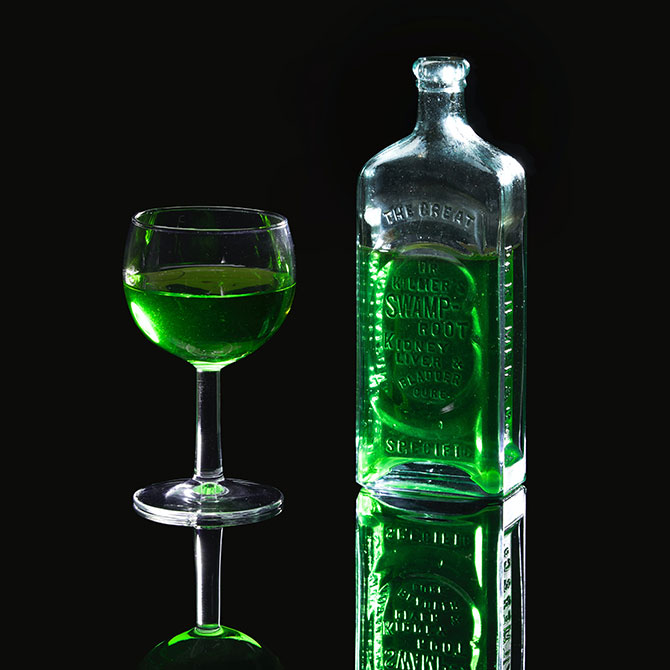
Absinthe
A highly alcoholic greenish spirit (between 45 to 74 per cent alcohol by volume) made of green anise, wormwood (a type of herb), and other herbs redistilled in alcohol. It is banned in some countries due to its wormwood content.
B is for…
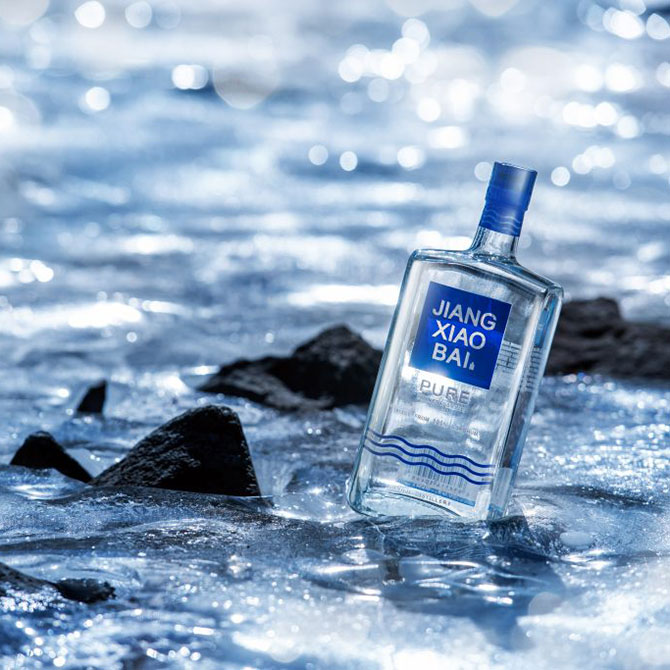
Baijiu
Also known as shaojiu, baijiu is China’s national drink and is literally translated as “white liquor”. It’s made from a blend of fermented grains, such as sorghum, wheat, rice, sticky rice, and corn with a high ABV of between 35 to 60 per cent.
Beer
A fermented beverage brewed from cereal grain (usually malted barley), water, and fermented with yeast. It is one of the oldest and most widely consumed alcoholic drinks in the world.
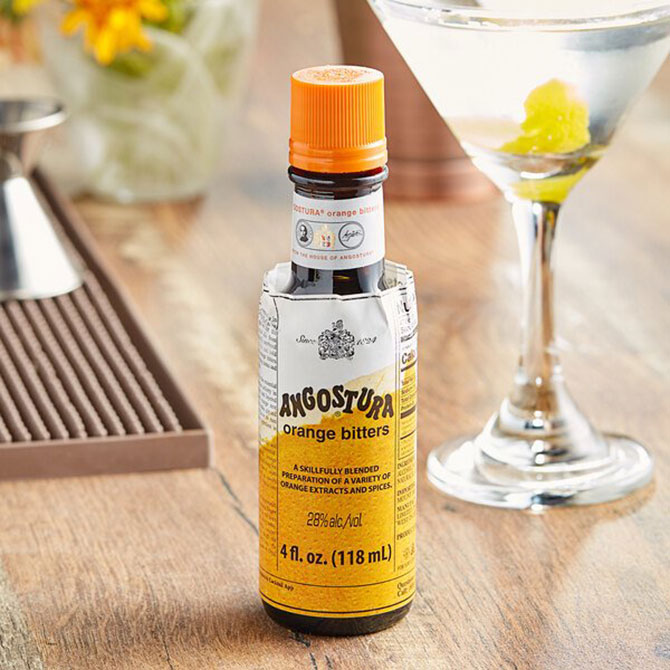
Bitters
A type of spirit infused with fruit, spices, leaves, bark, roots, and herbs—or collectively known as botanicals. They are typically used as an additive in cocktails or as a medicinal substance to promote appetite or digestion.
Bourbon
A type of whisky that’s exclusively made in the United States and distinguished by the kind of grains and barrel used in its production. For a whisky to classify as a bourbon, it must be made with mash grains that consist of at least 51 per cent corn and it must be aged in new charred oak barrels. In addition, it must not contain any flavourings or colour additives.
Brandy
A type of liquor produced by distilling fermented fruit juice or wine. Grapes are the most common type of fruit used to make brandy, but some varieties are made from apple, apricot, peach, and others. The liquor ranges between 35 to 60 per cent ABV.
C is for…
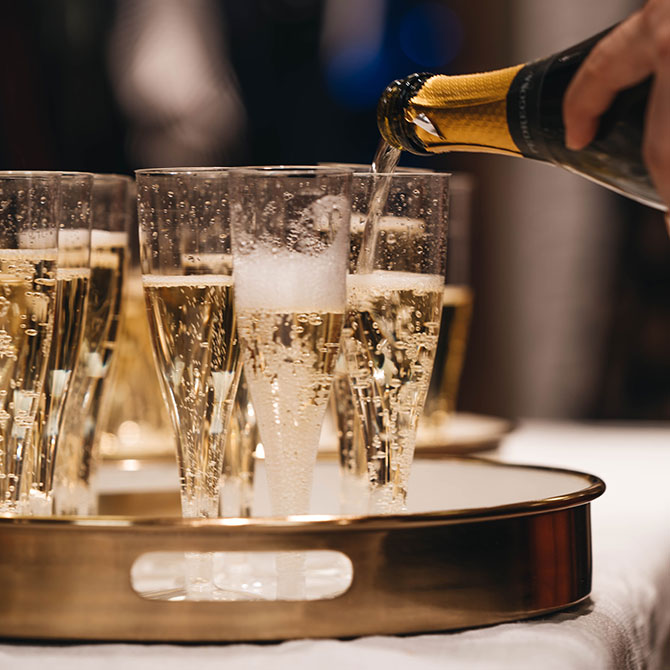
Champagne
Just as bourbon is a type of whisky, champagne is a type of white sparkling wine made in the Champagne region of France. Only three grapes are permitted for its production, namely Chardonnay, Pinot Noir, and Pinot Meunier.
Cider
Known in some locations as hard cider to distinguish it from its non-alcoholic counterpart, cider is made by fermenting apple juice. As apple juice has less natural sugar than grape juice, cider has a lower alcohol percentage of between five to seven per cent compared to wine (see below).
Cognac
A type of brandy that is named after its origin of Cognac, France—which is known for its superior terroir (read: the soil, climate, and topography that contribute to grape-growing conditions). For a brandy to be classified as cognac, it must be 1) made from white grapes grown in one of six different terroirs (called “crus”) in its namesake region; 2) distilled twice in copper stills; and 3) aged for at least 2 years in French oak.
F is for…
Fernet
A type of Italian bitter that’s made with a mix of herbs and spices, such as myrrh, rhubarb, chamomile, cardamom, aloe, and saffron. It is usually served as a digestif or mixed into coffee and espresso drinks.
G is for…
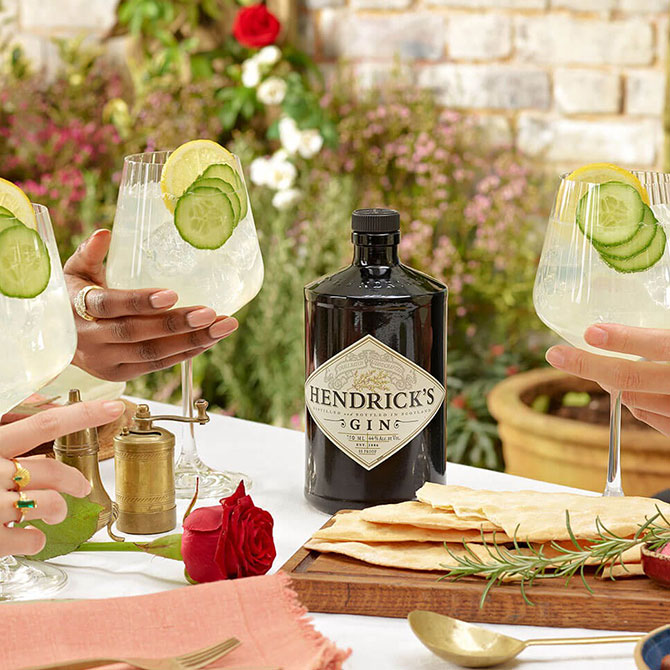
Gin
A colourless spirit that is made from grain, such as wheat or barley, which is fermented then infused with botanicals during the distillation process. It has a predominant flavour of juniper berries and usually comes in 40 per cent ABV or higher (this requirement is mandatory in the US).
H is for…
Huangjiu
Translated to mean “yellow wine”, Huangjiu is a type of Chinese rice wine made from brewing boiled grains such as rice, wheat or millet with a starter culture. Since it’s not distilled, the alcohol percentage is not very high—generally between 14 to 20 per cent ABV.
I is for…
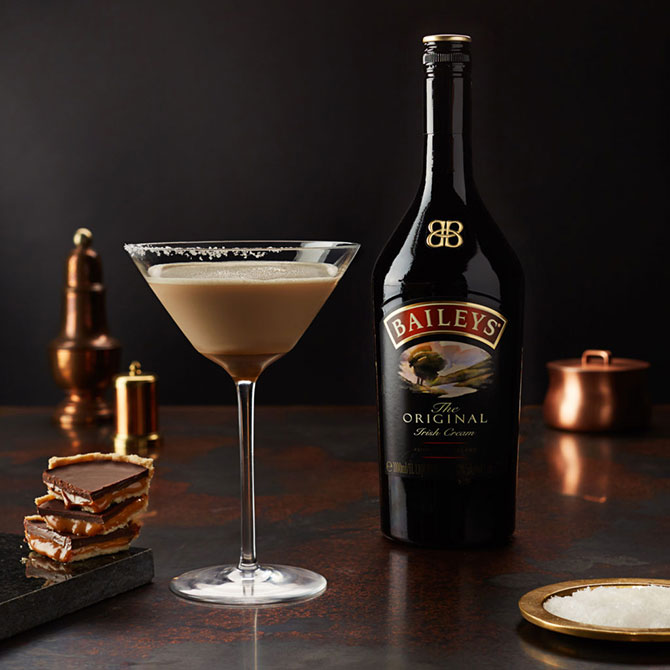
Irish cream
Introduced in Ireland in 1973, Irish cream is a type of cream liqueur made from Irish whiskey, dairy cream, and other flavourings. It typically has an ABV of 15 to 20 per cent and is served on its own or mixed with other drinks, especially Irish coffee.
M is for…
Makgeoli
The oldest alcoholic drink in South Korea that is brewed from rice and a fermentation starter called nuruk. It is a type of Korean rice wine and has a milky, off-white colour with a low alcohol content of six to nine per cent ABV.
Mezcal
A type of distilled spirit derived from the agave plant—a slow-growing succulent native to Mexico and parts of Texas. One of the most popular types of mezcal is tequila (see below). Generally, it has about 40 per cent ABV.
P is for…
Pisco
Dubbed the national spirit of Peru, pisco is a grape-based brandy distilled from grape juice of specific varieties. Unlike cognac, which is also a type of brandy, regulations dictate that pisco must not be aged in wood barrels and must be single distilled to between 38 to 38 per cent ABV.
R is for…
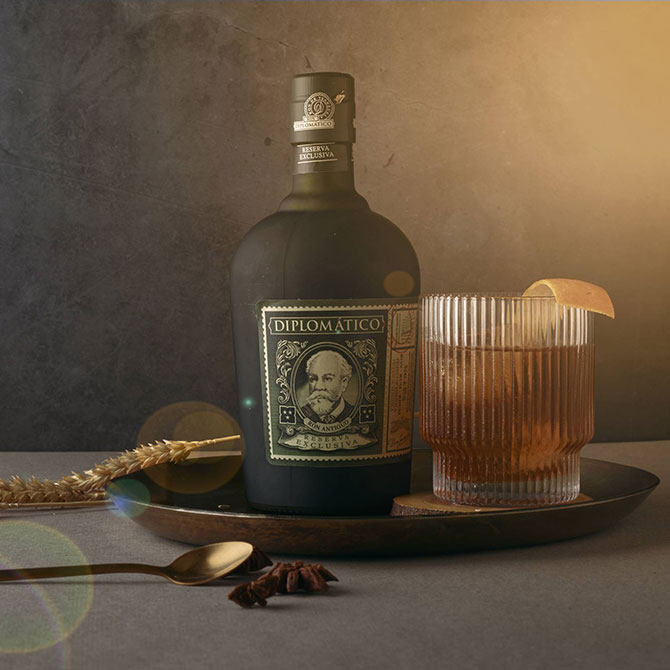
Rum
A distilled spirit made from either sugarcane, syrup, or molasses. It is one of the most diverse alcoholic beverages, with various categories including light rums, dark rums, aged rums, and spiced rums. The ABV for a rum ranges from 20 to 75 per cent.
S is for…
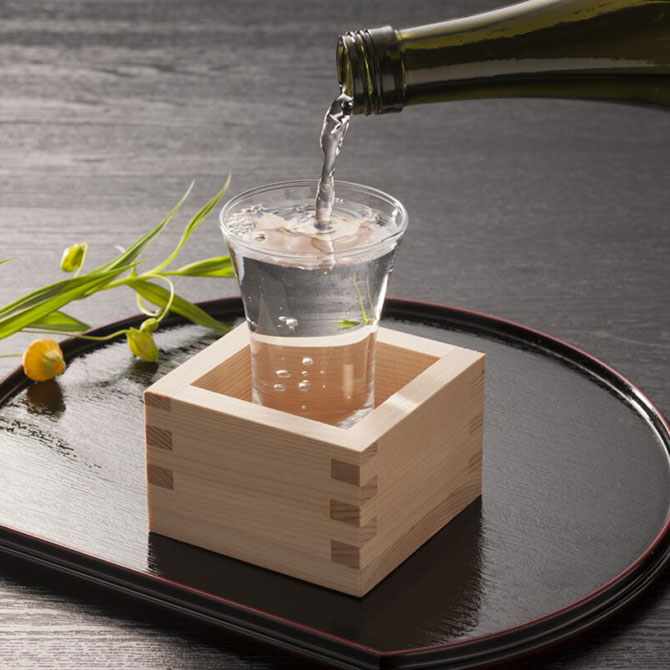
Sake
Although sake is the general term for “alcohol” in Japan, the rest of the world has come to recognise it as a Japanese alcoholic beverage made from rice, water, yeast, and koji (mold). It is known locally as “nihonshu” and has an average alcohol content of 15 to 16 per cent ABV.
Shochu
Like sake, shochu originated in Japan. Unlike sake, however, it’s distilled instead of brewed, classifying it as a hard liquor with 25 to 35 per cent ABV. It is typically distilled from rice, barley, sweet potatoes, buckwheat, or brown sugar, but may also be produced from other grains and vegetables.
Soju
Not to be confused with the similar-sounding shochu, soju hails from South Korea and is the most popular liquor in the country. It is a clear, distilled spirit made from rice or other starchy crops, such as barley, sweet potato, wheat, and tapioca. The alcohol content averages at 20 per cent ABV but can sometimes go up to 45 per cent ABV.
T is for…
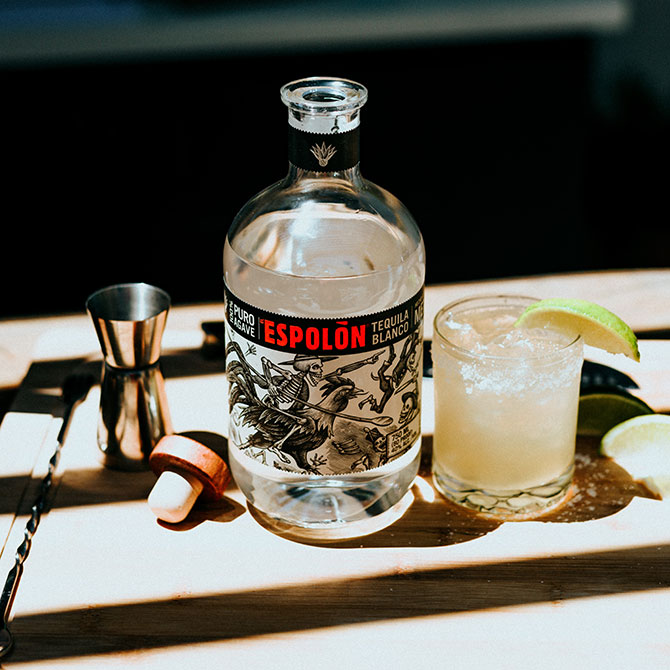
Tequila
A type of mezcal that can only be produced in five states in Mexico: Jalisco, Nayarit, Guanajuato, Michoacan, and Tamaulipas. It is made by distilling the fermented juices of the Weber blue agave plant (at least 51 per cent by law). It is diluted with water before bottling to obtain a bottling strength of 38 to 40 per cent ABV.
V is for…
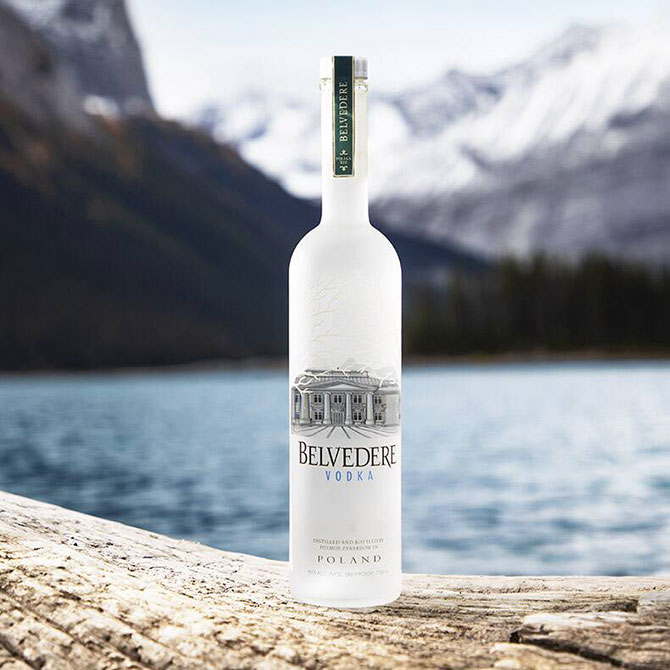
Vodka
A clear, unaged, distilled spirit made from grains, potatoes, or any ingredient that has fermentable sugars. It is often distilled at least three times for a cleaner, smoother finish, making it a versatile beverage for mixing cocktails. The ABV for vodka is usually around 40 to 50 per cent.
Vermouth
A type of fortified and aromatised wine—meaning that it’s made from wine spiked with a neutral spirit (usually brandy), flavoured with herbs, spices, and roots, and also sweetened. This raises its ABV slightly higher than wine to between 15 to 18 per cent.
W is for…
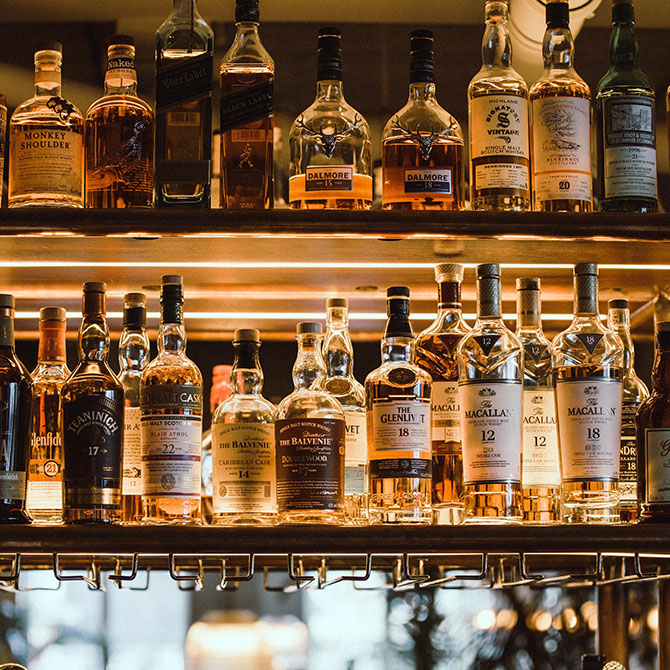
A type of dark distilled spirit made from a mash of fermented grains, such as corn, barley, rye, and wheat. It’s usually aged in wood barrels (also called casks) and has an ABV of 40% or higher. Different regions regulate whisky differently, from the distillation to the aging process (stay tuned for our BURO Bar Lingo guide to whisky terminology!).
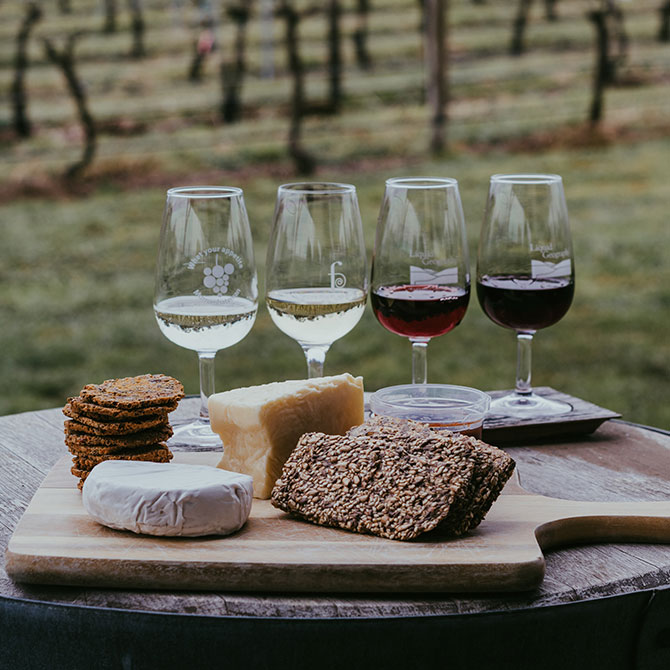
An alcoholic drink made from fermented grapes, with a history dating back thousands of years. There are many different types of wines today, including red, white, rose, sparkling, fortified, and so on. Depending on the type of wine, the ABV ranges from 5 to 25 per cent.
READ: Wine appreciation 101: Tips from an industry expert, plus where to shop for wine online
Now that you’ve been familiarised with the common types of alcoholic beverages, which are you looking forward to tasting?
Find a list of local bars to put your newfound knowledge into practice here.
| SHARE THE STORY | |
| Explore More |




